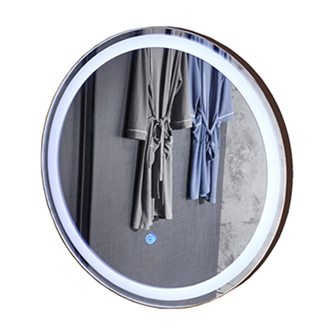Dec . 30, 2024 10:18 Back to list
one way glass
One-Way Glass The Invisible Barrier of Privacy and Observation
In our increasingly digital world, where boundaries between public and private become blurred, the concept of one-way glass stands as a fascinating metaphor for the dynamics of observation and privacy. One-way glass, also known as two-way mirror, is a material that reflects light on one side while allowing visibility from the other. This unique property has made it a prominent feature in various settings, from interrogation rooms to high-tech corporate environments, and even in certain types of surveillance technology.
The most immediate applications of one-way glass can be seen in law enforcement. Interrogation rooms often utilize this type of glass to allow police officers or detectives to observe suspects without being seen. This setup creates an environment where individuals are unaware of outside observers, potentially influencing their behavior during critical moments. The presence of unseen watchers can elicit genuine reactions, providing investigators with crucial insights into the minds of those being questioned. However, this practice raises ethical questions regarding the nature of consent and the psychological effects of surveillance. Is it justifiable to watch someone when they believe they are alone?
In corporate environments, one-way glass serves a distinct yet similar purpose. It is often used in offices where monitoring employee performance and enhancing security are priorities. Management teams appreciate the ability to observe their employees without being intrusive. Additionally, one-way glass is a popular feature in focus group studies, where participants can provide candid feedback on products or ideas without the influence of an observer. This helps companies gauge honest opinions, yet it also presents a balancing act of ethical considerations regarding privacy and trust in the workplace.
one way glass

Moreover, one-way glass has become increasingly popular in residential settings, particularly in luxury homes. Architects and designers are drawn to the aesthetic appeal and functionality it provides. Homeowners can enjoy expansive views of their surroundings without compromising their privacy. For example, a modern home may feature one-way glass windows that reflect the exterior landscape by day, turning the house into a serene sanctuary. However, at night, when the interior is illuminated, the effect reverses, allowing outsiders a glimpse inside. This duality raises questions about privacy and infiltration, where the home, a traditionally private space, becomes vulnerable to the prying eyes of the outside world.
In the realm of technology, the concept of one-way glass extends to data privacy and digital surveillance. As our lives grow more intertwined with technology, the line separating personal data and public visibility continues to blur. Companies collect vast amounts of data on consumer behavior, often without their explicit consent. Just like the reflected surface of one-way glass, the consumer remains unaware of how their information is being used and analyzed. This growing concern has sparked debates on data privacy laws and regulations, putting pressure on corporations to establish more transparent practices that respect consumer autonomy.
Furthermore, the psychological implications of one-way glass extend into societal realms. An environment where individuals are constantly aware of the potential for being observed can alter behavior significantly, a phenomenon rooted in the concept of the Panopticon. The idea, first put forward by philosopher Jeremy Bentham, illustrates how the possibility of constant observation creates a sense of self-regulation among individuals. In a world enriched by technologies, such as CCTV cameras and online monitoring, we begin to navigate our lives with an innate awareness of being watched, often influencing our choices and interactions with others.
In conclusion, one-way glass serves as a powerful symbol reflecting the complexities of observation, privacy, and societal dynamics. Whether in law enforcement, corporate settings, residential architecture, or the digital realm, its implications resonate profoundly with contemporary issues surrounding consent, autonomy, and ethical surveillance. As society continues to grapple with the realities of living in a world where observation can be both unobtrusive and invasive, fostering an ongoing dialogue about privacy rights and ethical standards becomes imperative. Balancing the benefits of transparency and the inherent need for privacy may be one of the most challenging yet essential conversations of our time.
-
Chemically Strengthened Glass vs Tempered Glass
NewsJul.18,2025
-
Custom Frosted Glass Applications
NewsJul.18,2025
-
What’s the Difference Between Obscure Glass and Frosted Glass?
NewsJul.18,2025
-
Bullet Resistant Glass Levels
NewsJul.18,2025
-
Silver Wall Mirrors for Living Room
NewsJul.18,2025
-
Bullet Resistant Glass Definition
NewsJul.18,2025
Related PRODUCTS














